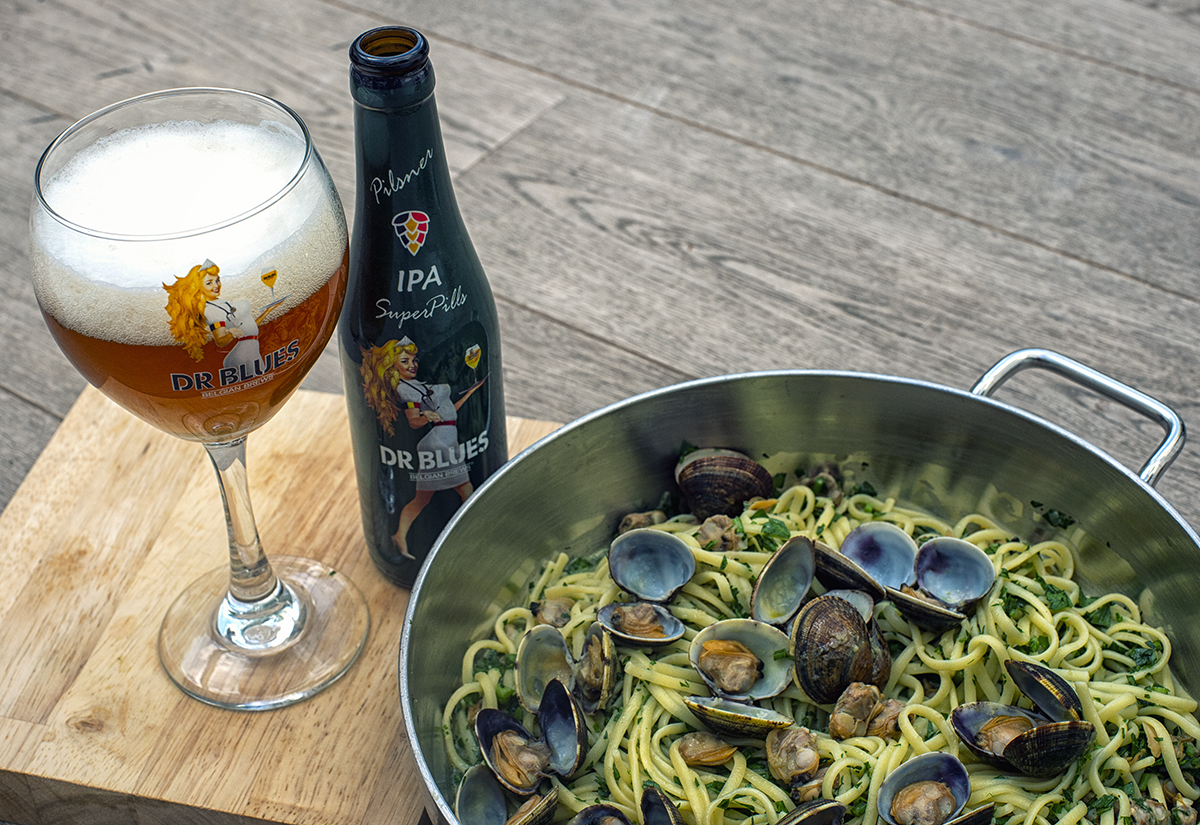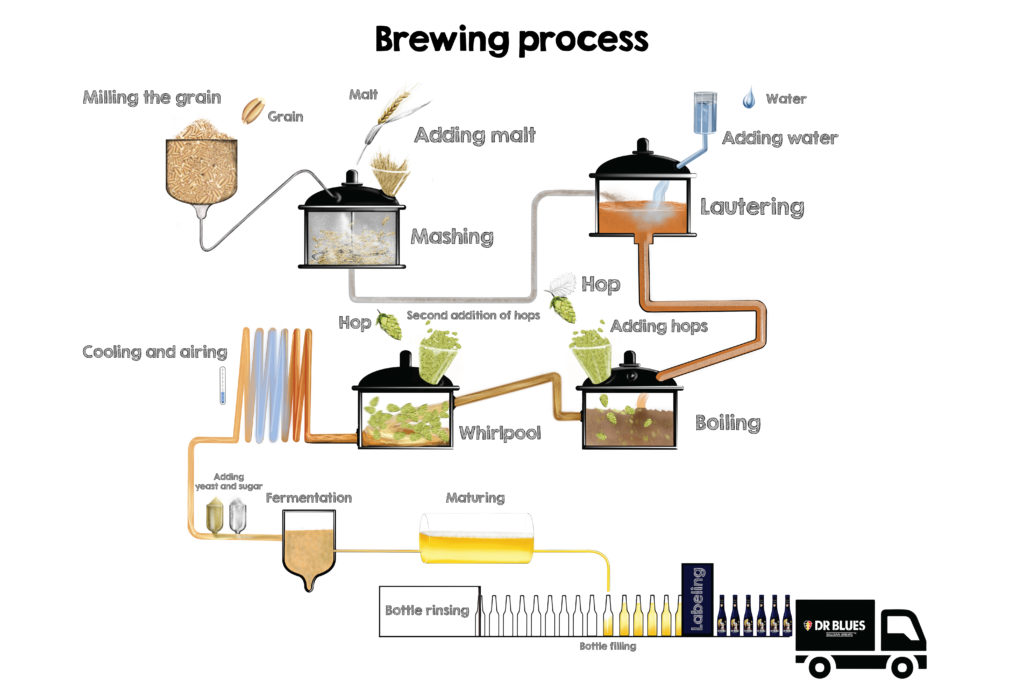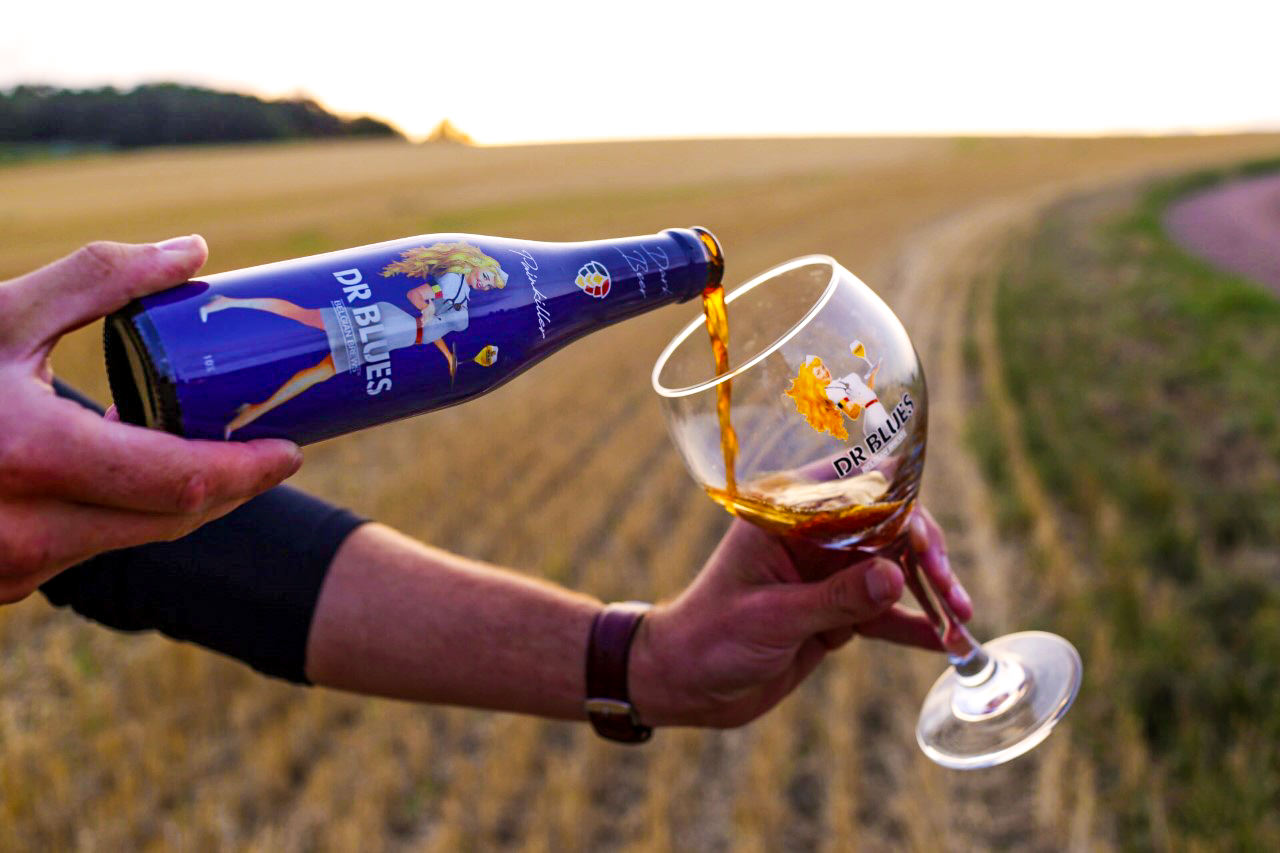What is Zythology?
Posted in Blog

Did it ever occurre to you that there must be some term that describes the study of beer, similar to how oenology describes the study of wine? Zythology is the study of beer and beer making; it is to beer what ‘oenology’ is to wine. A zythologist is a true beer connoisseur who can share many interesting facts about an immensely complex and sophisticated beverage, its ingredients, and the roles they play in the brewing process. He is a sort of certified beer sommelier. Someone who not only loves to taste and drink beer, but also someone who devotes hours, days, weeks…of their life to the study of the wonderful world of beer. The ingredients, the brewing process, tastes and aroma’s are all of great interest to a zythologist.However, if you are not a beer expert, but you do love beer.. like a lot, feel free to call yourself a Zythophile – a person who loves beer.
A zythologist specializes in 4 different areas:
BEER PAIRING
The art of pairing a certain dish with a certain beer or beer style. This requires a decent knowledge of beers and beer styles. Here is some information to get you started:
There aren’t many hard rules when it comes to making beer and food pairings as there aren’t many flavors that clash with beer. That being said, if you want to get the most out of your beer pairing and enhance the flavor of the food on your bar’s menu, try to keep these guidelines in mind:
-
- Contrast: To make an ideal pairing by contrast, you want to pick a beer or dish that has one strong, dominant flavor, such as sweet, rich, or oily. You want a dish that has a distinct taste that can shine through without being overpowered. An example of a good contrast pairing is oysters and stout. Oysters have a strong, briny flavor that can stand up to the rich texture and chocolatey notes of the stout.
- Complement: Complementing flavors is one of the simplest ways to make a delicious food and beer pairing. Match rich foods with beers that have a heavy and rich flavor, like stouts or porters. Pair light-tasting salads and fish with light beers or wheat beers with desserts like fruit tarts.
- Cleanse: You can also use your beer as a palate cleanser. This type of beer pairing is ideal for dishes that have strong or overpowering flavors, like spicy Indian food or fatty fried food. For example, you can use the cool and refreshing flavor of light beer to wash down the heat of Korean fried chicken. This pairing also works in the opposite way, and you can use fatty foods, such as french fries or nuts, to cut through the bitterness of an IPA.
- Avoid Overpowering Flavors: Keep in mind the levels of flavor in your food and beer. Many medium and dark beers have a rich and powerful flavor that can overpower certain types of food. For example, you wouldn’t want to pair salmon with a pint of Nerveblock because the flavor of the beer will completely cover the taste of the fish.
These are only general pairing ideas, so if you want to create new and unique beer and food pairings, you’ll need to fully understand the flavor profiles of each type of beer.

BEER TASTING
Identifying the different flavors in beer in order to use these flavors when pairing with food. Beer tasting should mostly be about fun. But it’s also good to learn something from the experience. Sample and discuss what you see, smell and taste. Here is some tips for the beginners:
- Know The Types
- Know the Styles
- Cleanse Palate
- Always Drink From A Glass
- Pour It Right
- Watch The Temperature
- Don’t Chug It All
- Chew To Drink
- Drink In The Right Order
- Always Choose Fresh
You’ve got the beers ready, but which order should you be tasting them in?
The two most important factors to consider are as follows:
- The alcohol percentage
- The flavour intensity
As a general rule, you arrange the beers from lowest to highest alcohol percentage. Now look closely at the flavour intensity. Then you want to look at colour and hoppiness. Light before dark, light hopped before heavenly hopped and so on. It might be also that a beer with a lower percentage has an intensely strong flavour from the addition of herbs, for example. If a beer has a strong flavour intensity, move it up a spot.

BREWING PROCESS
If you know how the beer is brewed, you might have a good hunch about what to expect, knowing where certain flavors come from, and being able to identify brewing defects.
- Step 1: Milling the grain
- Step 2: Mash Conversion
- Step 3: Lautering
- Step 4: The boil
- Step 5: Wort separation and cooling
- Step 6: Fermentation
- Step 7: Maturation
- Step 8: Filtration, carbonation, and cellaring

SERVING BEER
Knowing how to serve beer the correct way. Certain beers may require special handling. For example, a beer without foam is a beer that has been on the counter for too long. Some tips:
- Use the correct, prererably a footed glass for serving.
- Make sure that the glass is clean and dry.
- The recommended serving temperature is 10–12 °C.
- Place the glass on a coaster and pour in the beer.
- Make sure that a nice 2 cm head develops on the beer.
- Place a coaster under the glass when serving.

Source:
https://craftbeerclub.com
https://www.gws.be
